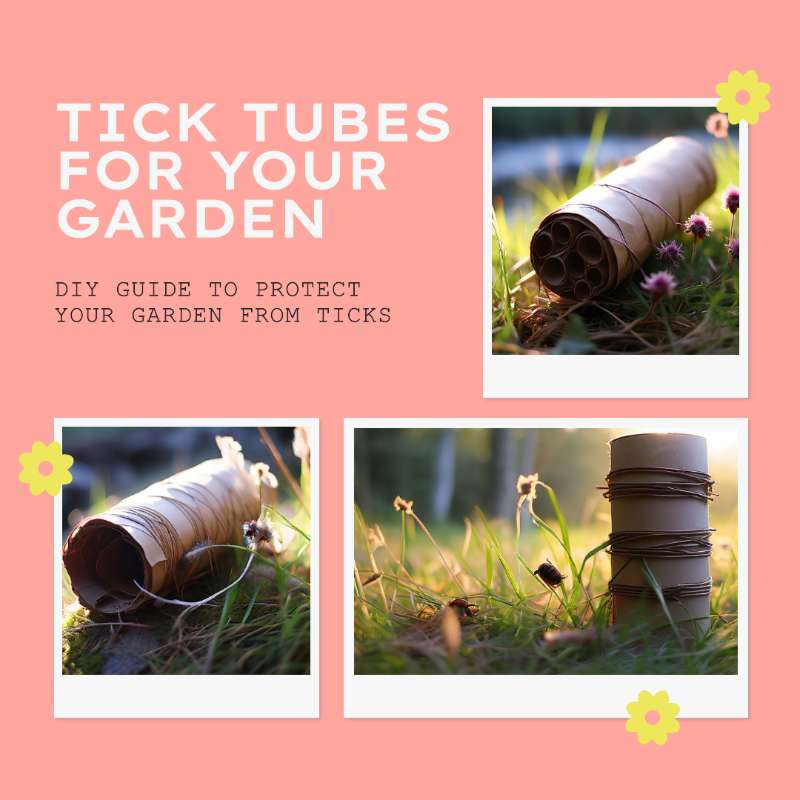How To Make Tick Tubes For Your Garden

Make sure to like Living Green and Frugally on Facebook, Shop at Amazon to help support my site and explore our PINTEREST BOARDS for innovative ways you can become self-sufficient.
Ticks are a common problem for gardeners and outdoor enthusiasts. They can carry diseases such as Lyme disease, which makes controlling their population crucial for health and safety. One effective method for reducing tick numbers is using tick tubes. These simple devices can significantly reduce the number of ticks in your garden by targeting their primary host: mice. This article will guide you through the process of making tick tubes at home.
What Are Tick Tubes?
Tick tubes are cardboard tubes filled with cotton that has been treated with a permethrin solution. Permethrin is an insecticide that kills ticks on contact. Mice collect the treated cotton for their nests, and the permethrin kills any ticks that come into contact with it, reducing the tick population in your garden.
Materials Needed
- Cardboard tubes (such as toilet paper or paper towel rolls)
- Cotton balls or dryer lint
- Permethrin spray (available at garden centers or online)
- Gloves
- Plastic bag or container for mixing
- Tongs or tweezers
Step-by-Step Instructions
1. Gather Your Materials
First, gather all your materials. Ensure you have enough cardboard tubes for the size of your garden. Each tube will cover about 10 square yards, so calculate accordingly.
2. Prepare the Cotton
Put on gloves to protect your skin from the permethrin. Place the cotton balls or dryer lint into a plastic bag or container. Lightly spray the cotton with permethrin. Be careful not to over-saturate the cotton; it should be damp, not soaking wet.
View this post on Instagram
3. Fill the Tubes
Using tongs or tweezers, place the treated cotton inside the cardboard tubes. Fill each tube with enough cotton to loosely pack it.
4. Distribute the Tubes
Place the filled tubes around your garden, focusing on areas where mice are likely to travel or build nests, such as along fences, under shrubs, and near woodpiles. Ensure the tubes are slightly hidden but accessible to mice.
5. Monitor and Replace
Check the tubes every few months. Replace the cotton if it becomes wet or dirty and reapply permethrin as needed, typically every six months or after heavy rain.
View this post on Instagram
Tips for Success
- Safety First: Always wear gloves when handling permethrin and treated cotton. Follow the instructions on the permethrin spray carefully.
- Proper Placement: Place tubes in sheltered areas to protect them from the elements and increase the likelihood of mice finding them.
- Regular Maintenance: Consistent monitoring and replacement of the cotton ensure the tubes remain effective.
Additional Resources
For a visual guide on making tick tubes, check out this helpful YouTube video tutorial:
By following these steps, you can significantly reduce the tick population in your garden, making it a safer place for you and your family to enjoy. Happy gardening!